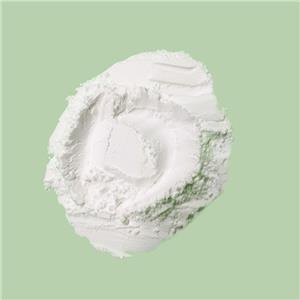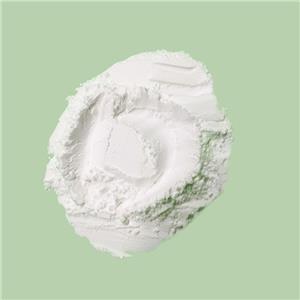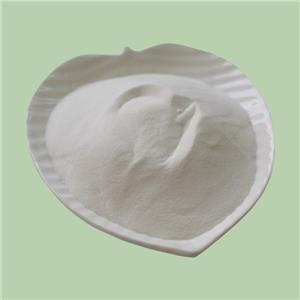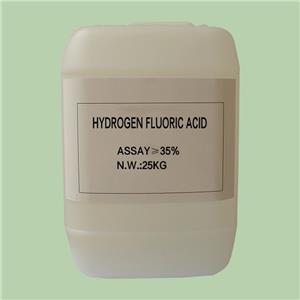Ammonium Bifluoride's Multifaceted Role in the Electronics Industry
In the intricate world of electronics, the convergence of science, engineering, and chemistry has given rise to remarkable innovations that power our modern lives. At the heart of this convergence lies a fascinating compound with a multitude of applications - Ammonium Bifluoride (NH4HF2). This compound, also known as ammonium hydrogen fluoride, plays a pivotal role in the electronic industry, contributing to processes that shape the components and devices we rely on daily. In this article, we will delve deep into the various ways ammonium bifluoride is harnessed in the electronic industry.
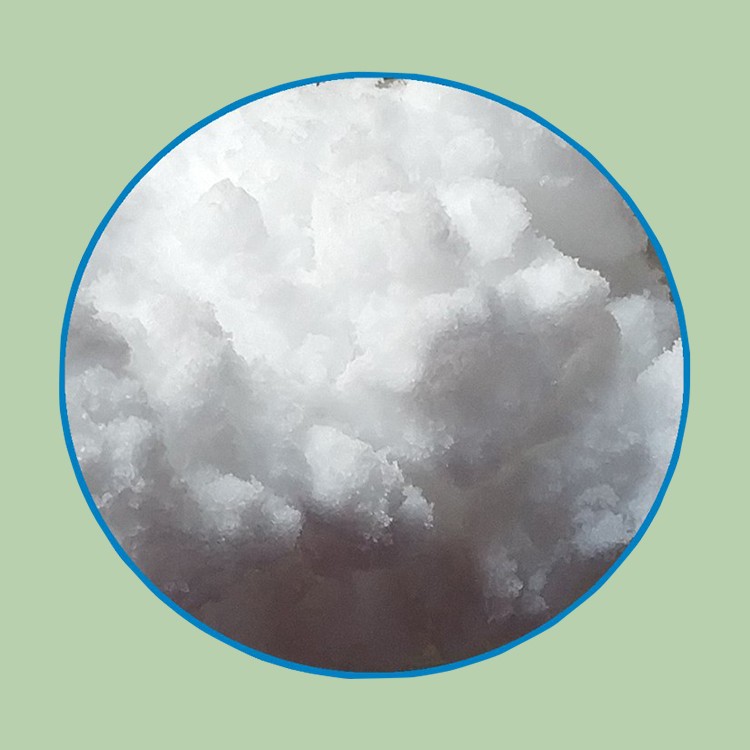
1. Etching and Semiconductor Manufacturing
Semiconductor manufacturing stands as the backbone of modern electronics. It involves intricate processes to create integrated circuits that govern the functioning of devices like smartphones, laptops, and more. One crucial step in this process is etching, where specific patterns are etched onto silicon wafers to form transistors and other components.
Ammonium bifluoride shines in this realm due to its remarkable ability to selectively etch silicon dioxide (SiO2). Silicon dioxide is a common material used to insulate various parts of semiconductor devices. By carefully controlling the exposure of silicon wafers to ammonium bifluoride solutions, manufacturers can precisely remove SiO2 layers and expose the underlying silicon. This precision is imperative in creating the intricate patterns required for modern semiconductor devices.
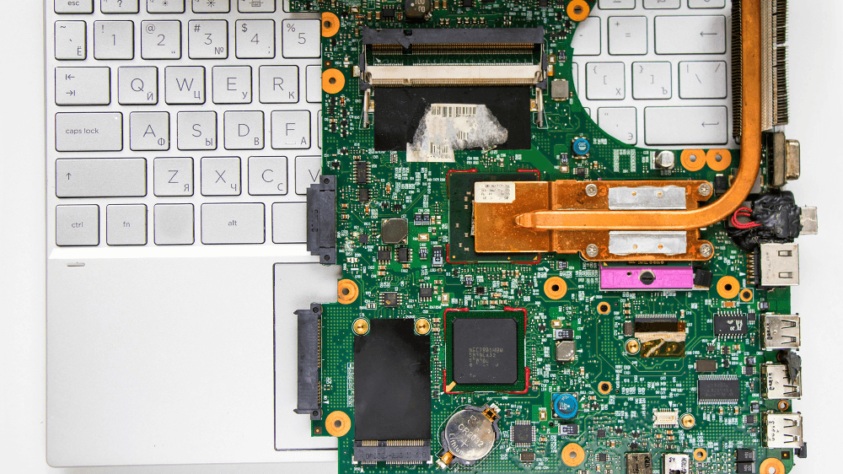
2. Glass Cleaning and Polishing
Beyond the confines of semiconductor manufacturing facilities, ammonium bifluoride finds utility in another critical aspect of electronics - glass manufacturing. High-quality glass is a staple in electronic devices, from display screens to optical lenses. Contaminants and impurities on glass surfaces can impair their transparency, affecting the performance of these components.
Ammonium bifluoride's ability to dissolve metal oxides and organic residues makes it an excellent candidate for cleaning and polishing glass surfaces. Whether it's cleaning the glass substrate of a display screen or preparing photomasks for photolithography, the compound's chemical properties ensure a thorough and effective cleaning process, contributing to the optimal performance of electronic devices.
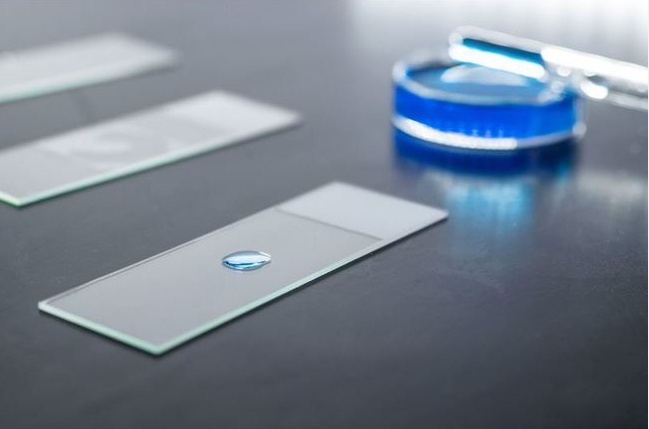
3. Removal of Metal Stains
The journey of electronic components from raw materials to finished products involves various handling and processing steps. Sometimes, metal stains can emerge as an unwanted consequence of these processes. These stains not only mar the visual appeal of devices but can also impact functionality in some cases.
Enter ammonium bifluoride. Its unique chemical properties enable it to selectively dissolve metal oxides without damaging the underlying materials. Whether it's removing stains from metal components or restoring the luster of intricate surfaces, ammonium bifluoride demonstrates its versatility in maintaining the aesthetic and functional aspects of electronic devices.

4. Flux and Soldering Applications
Soldering, the process of joining metal components through the controlled melting and bonding of solder, is a cornerstone of electronics manufacturing. To ensure strong and reliable solder joints, flux is employed. Flux acts as a cleaning agent, removing oxide layers from metal surfaces and enabling proper wetting between the solder and the materials being joined.
Ammonium bifluoride's inclusion in flux formulations amplifies their effectiveness. Its ability to dissolve metal oxides complements the cleaning action of flux, enhancing the soldering process. This contribution extends to various electronic assemblies, from circuit boards to intricate microelectromechanical systems (MEMS), where secure solder connections are essential for device reliability.
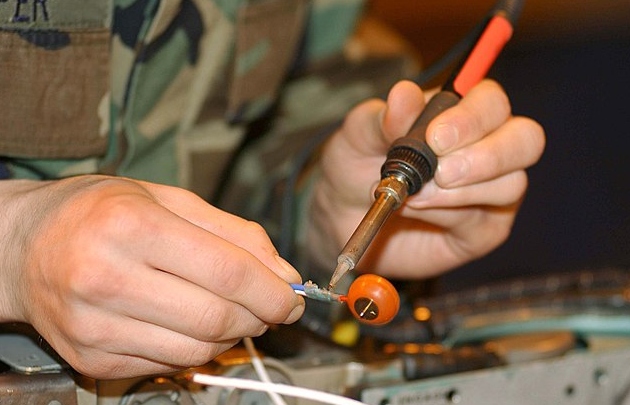
5. Surface Activation for Enhanced Adhesion
The electronic industry often demands strong adhesion between disparate materials. Surface activation, a pre-treatment step that modifies the surface chemistry, plays a pivotal role in achieving this adhesion. Ammonium bifluoride finds application in this realm as well.
In processes like printed circuit board manufacturing, where copper tracks are bonded to insulating substrates, or in MEMS fabrication, where different layers are stacked, surface activation using ammonium bifluoride provides the necessary anchor points for material layers to adhere firmly. This process ensures the structural integrity and longevity of the final devices.
6. Environmental and Safety Considerations
While ammonium bifluoride's applications are undeniably valuable, it's crucial to address its potential hazards responsibly. The compound is corrosive and toxic, requiring careful handling and disposal. Manufacturers and users must adhere to stringent safety protocols, including proper ventilation, protective equipment, and waste management practices.
In response to the environmental and safety concerns, ongoing research aims to develop alternative materials and processes that retain the benefits of ammonium bifluoride while minimizing risks.
Ammonium bifluoride's journey through the electronics industry is a testament to the synergy between chemistry and technology. From etching silicon wafers to cleaning glass surfaces, its versatility contributes significantly to the production of high-performance electronic devices. As the industry advances, the responsible use of ammonium bifluoride and the exploration of safer alternatives will continue to shape its role in the dynamic landscape of electronics manufacturing. The fusion of scientific innovation, engineering expertise, and chemical prowess is poised to usher in a future where electronic devices are not only powerful but also environmentally conscious and safe.

